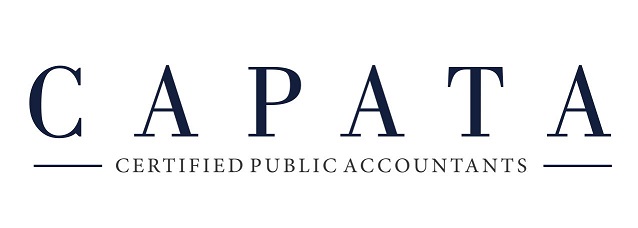In addition to income tax, you must pay Social Security and
Medicare taxes on earned income, such as salary and self-employment income. The
12.4% Social Security tax applies only up to the Social Security wage base of
$118,500 for 2016. All earned
income is subject to the 2.9% Medicare tax.
The taxes are split equally between the employee and the
employer. But if you’re self-employed, you pay both the employee and employer
portions of these taxes on your self-employment income.
Additional 0.9% Medicare tax
Another employment tax that higher-income taxpayers must be
aware of is the additional 0.9% Medicare tax. It applies to FICA wages and net
self-employment income exceeding $200,000 per year ($250,000 for married filing
jointly and $125,000 for married filing separately).
If your wages or self-employment income varies significantly
from year to year or you’re close to the threshold for triggering the
additional Medicare tax, income timing strategies may help you avoid or
minimize it. For example, as a self-employed taxpayer, you may have flexibility
on when you purchase new equipment or invoice customers. If your
self-employment income is from a part-time activity and you’re also an employee
elsewhere, perhaps you can time with your employer when you receive a bonus.
Something else to consider in this situation is the withholding
rules. Employers must withhold the additional Medicare tax beginning in the pay
period when wages exceed $200,000 for the calendar year — without regard to an
employee’s filing status or income from other sources. So your employer might not withhold the tax even
though you are
liable for it due to your self-employment income.
If you do
owe the tax but your employer isn’t withholding it, consider filing a W-4 form
to request additional income
tax withholding, which can be used to cover the shortfall and avoid interest
and penalties. Or you can make estimated tax payments.
Deductions for the self-employed
For the self-employed, the employer portion of employment taxes
(6.2% for Social Security tax and 1.45% for Medicare tax) is deductible above
the line. (No portion of the additional Medicare tax is deductible, because
there’s no employer portion of that tax.)
As a self-employed taxpayer, you may benefit from other
above-the-line deductions as well. You can deduct 100% of health insurance
costs for yourself, your spouse and your dependents, up to your net
self-employment income. You also can deduct contributions to a retirement plan
and, if you’re eligible, an HSA for yourself. Above-the-line deductions are
particularly valuable because they reduce your adjusted gross income (AGI) and
modified AGI (MAGI), which are the triggers for certain additional taxes and
the phaseouts of many tax breaks.
For more information on the ins and outs of employment taxes and
tax breaks for the self-employed, please contact us.




















